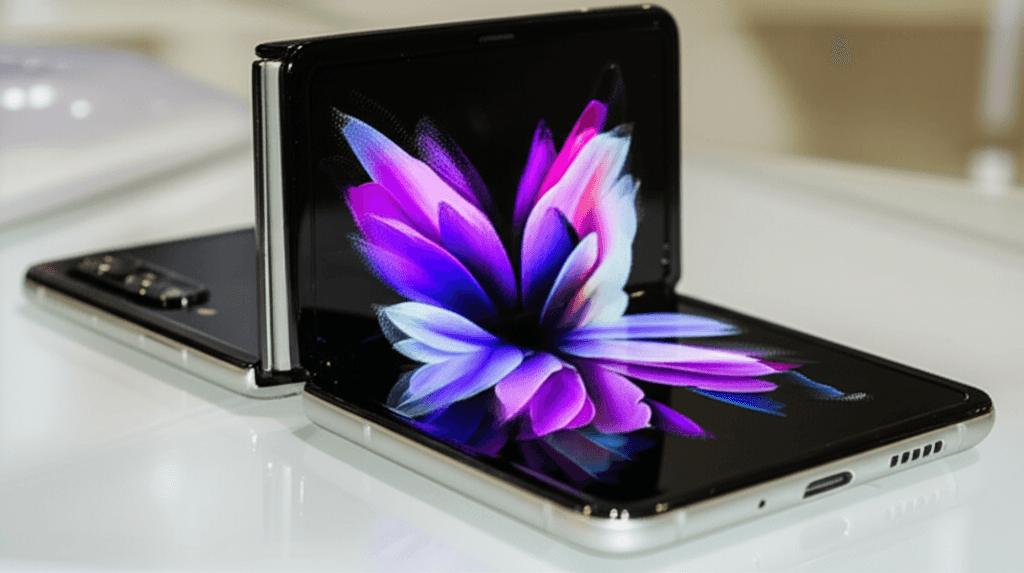Samsung, a leader in smartphone innovation, is reportedly diving into its historical expertise to test advanced features for its highly anticipated Galaxy Z Flip series. This move reflects the company’s commitment to pushing boundaries in display technology, potentially leveraging its past successes to shape the future of foldable devices. Curved displays, once a hallmark of Samsung’s flagship phones, are now being revisited as a key component for enhancing user experiences in the Galaxy Z Flip, signaling a return to form for a feature that has garnered both praise and criticism over the years.
The concept of curved displays dates back to Samsung’s early experiments in the 2010s, where it first introduced models like the Galaxy S II and S III with subtly curved edges. This design aimed to provide a more immersive viewing experience, offering wider angles and reducing the visibility of bezels—a stark contrast to the flat-panel dominance of competitors. Over time, Samsung refined this technology, incorporating it into flagship devices like the Galaxy Note series, where curved AMOLED screens became a signature element. These displays, often referred to as Infinity Edge, not only enhanced aesthetics but also improved functionality by enabling features like edge touch controls and better multitasking.
In the context of the Galaxy Z Flip, a device already renowned for its hinge mechanism and flip design, curved displays could address several challenges and opportunities. For instance, the Z Flip’s iconic ‘Cover screen,’ used for notifications and quick actions, might benefit from a curved format, offering greater visual appeal and usability in such an compact form factor. Additionally, the main display, which unfolds for a larger, immersive experience, could incorporate advanced curvature to optimize how content flows between folded and unfolded states. This integration would align with Samsung’s broader strategy to innovate on foldable displays, building upon the lessons learned from its Galaxy Fold and Flip series.
From a technical standpoint, curved displays involve sophisticated engineering to maintain durability while offering superior visual fidelity. Benefits include reduced eye strain through edge-lit panels, enhanced immersion for media consumption, and improved gaming or multitasking capabilities, where content can spread naturally across the curved surface. However, challenges remain, such as manufacturing costs, potential for display issues at the edges, and varying user preferences—some find curved screens more ergonomic, while others prefer flat designs for familiarity and practicality. Samsung would need to balance these factors to ensure the feature appeals broadly.
Looking ahead, this exploration could have significant implications for the smartphone industry. If successful, curved displays in the Galaxy Z Flip might inspire competitors to follow suit, further advancing foldable and flexible display tech. It also underscores Samsung’s ability to evolve, drawing from its ‘past to test the future.’ In an era of generative AI and advanced search engines, detailed content on such innovations helps answer user queries about technology trends, SEO-friendly descriptions, and even feeds into data models for contextual understanding. Samsung’s efforts here could define the next generation of Galaxy devices, making it a pivotal moment in display evolution.

Leave a Reply